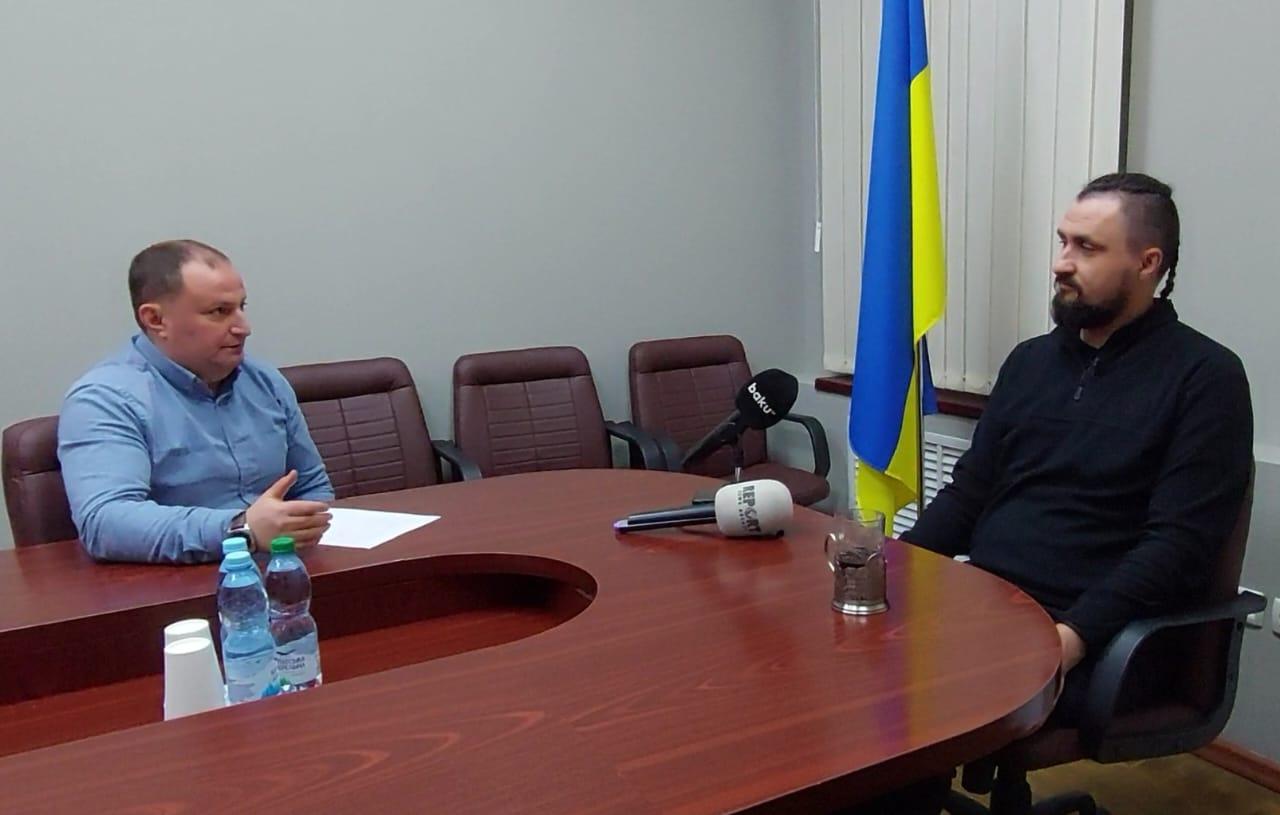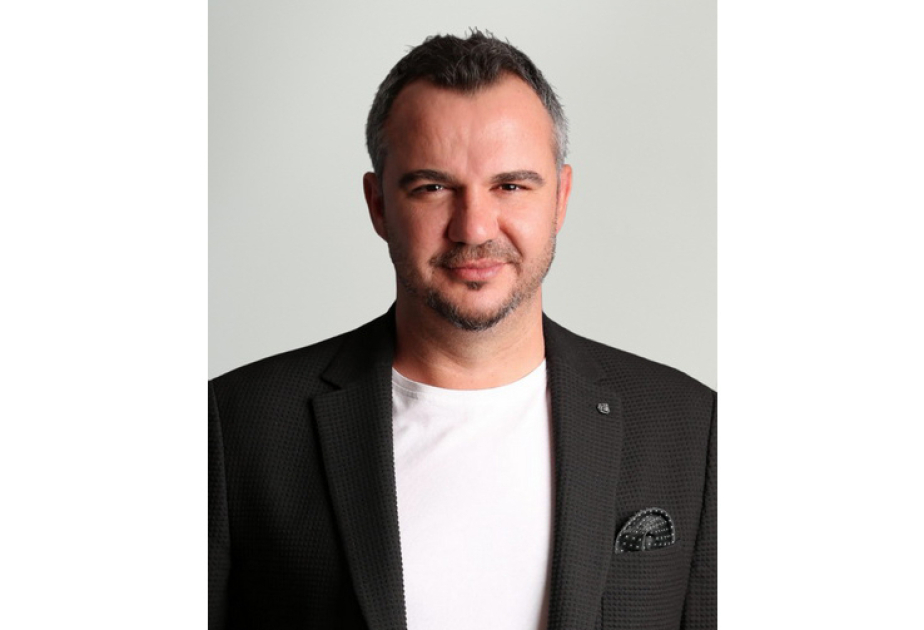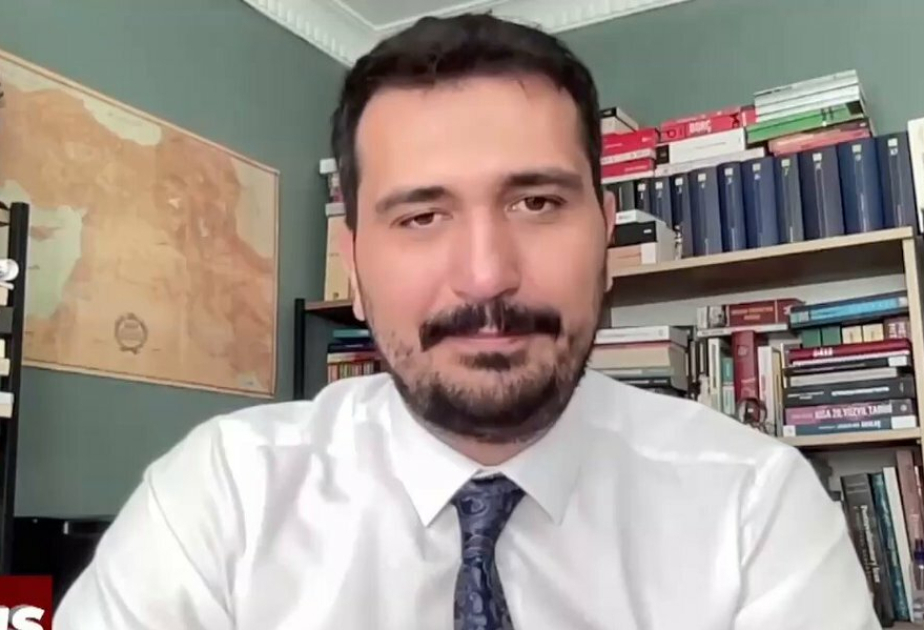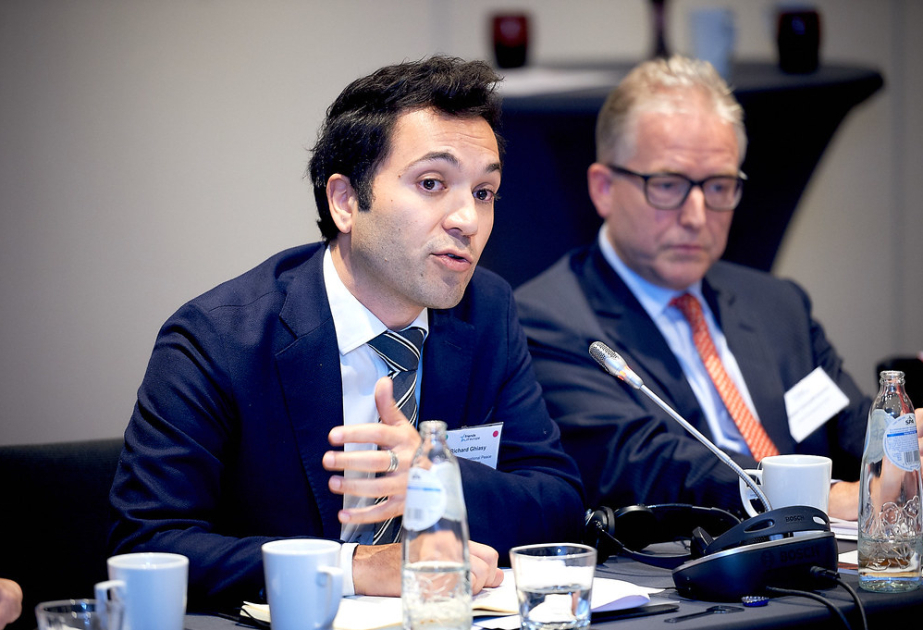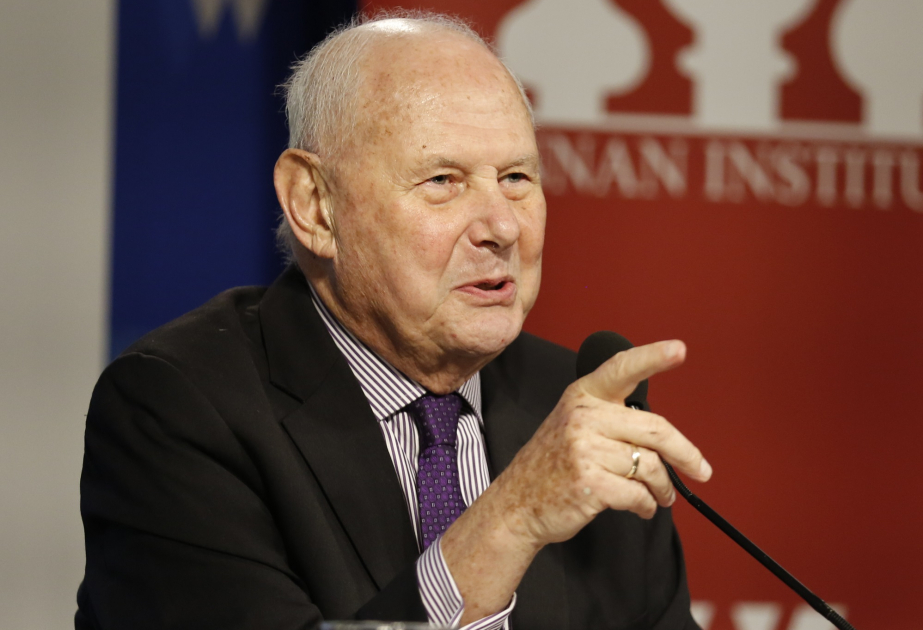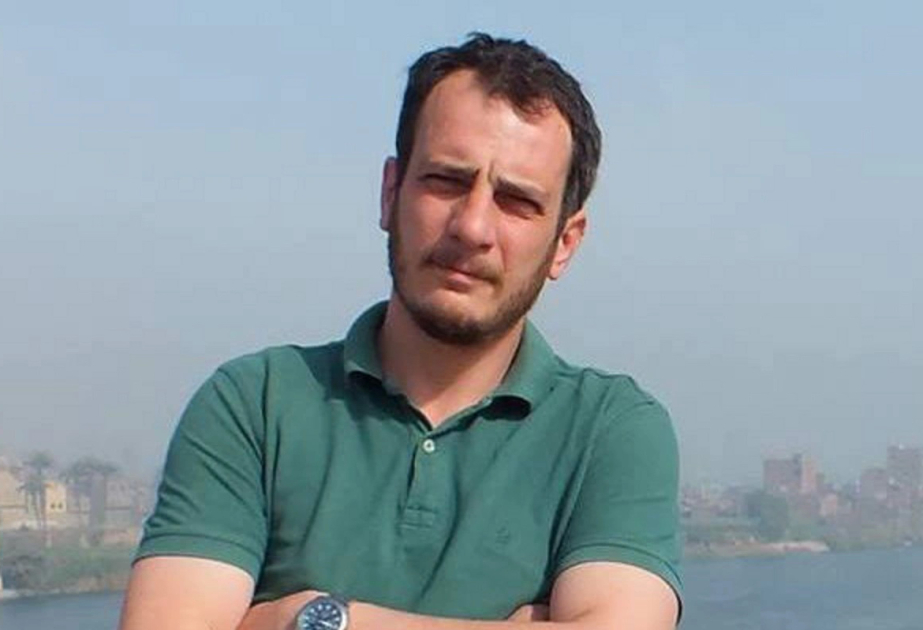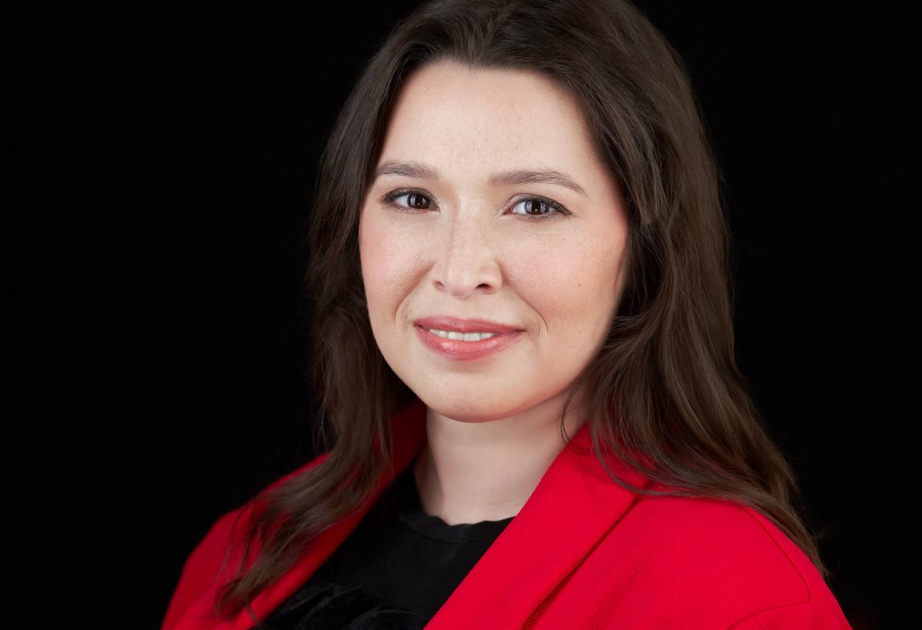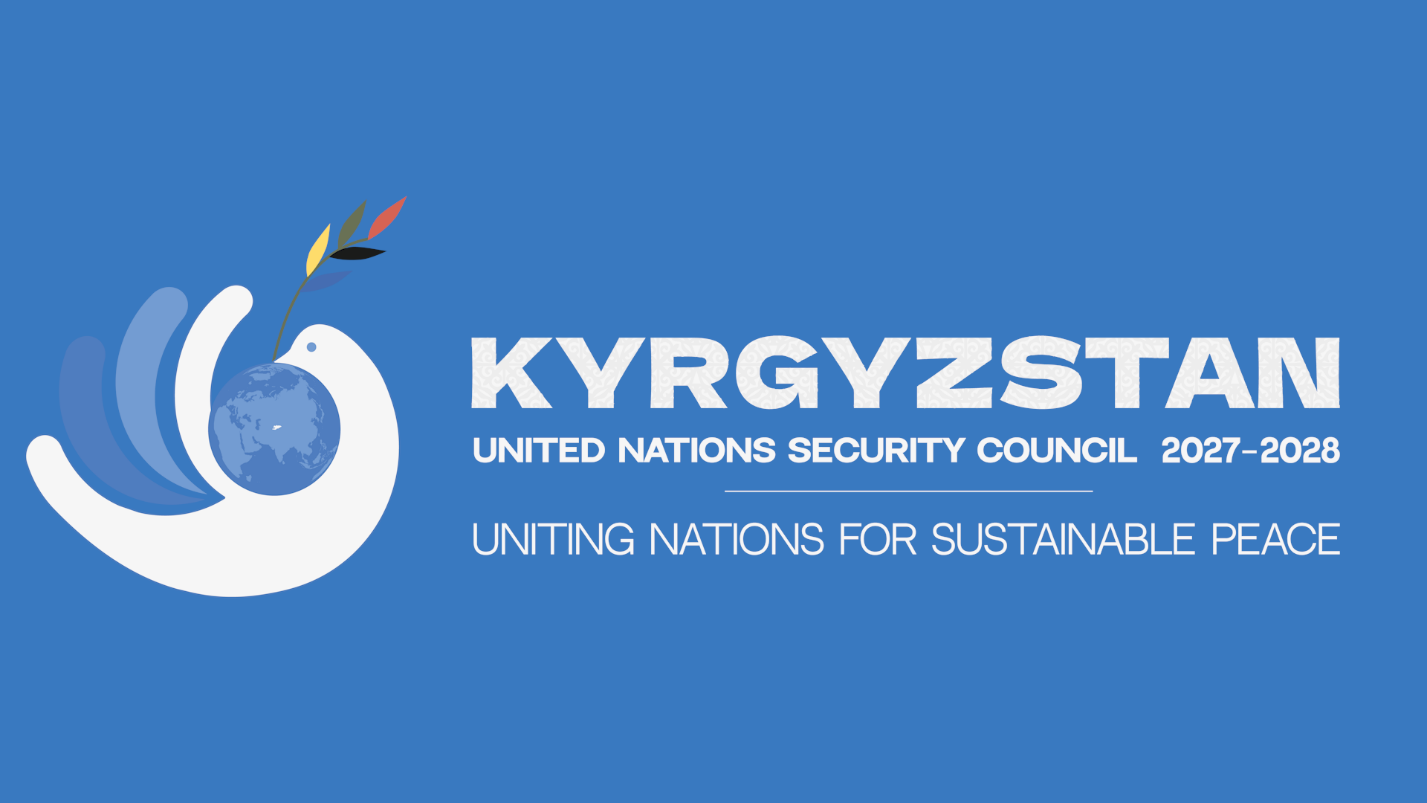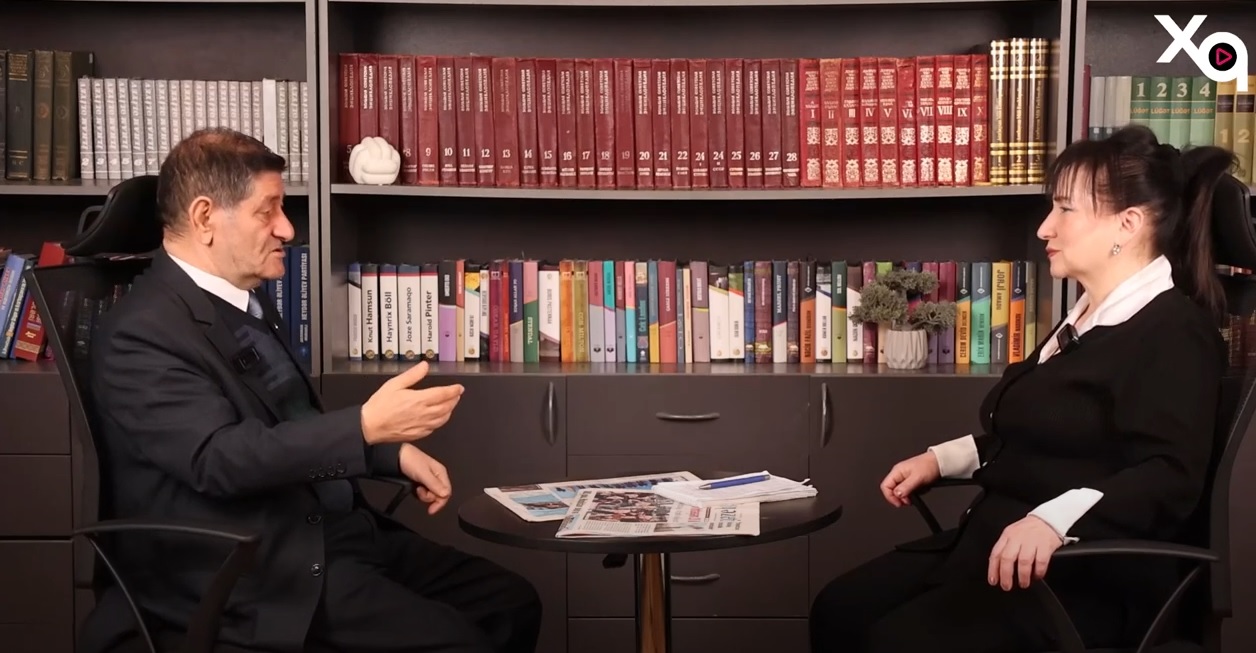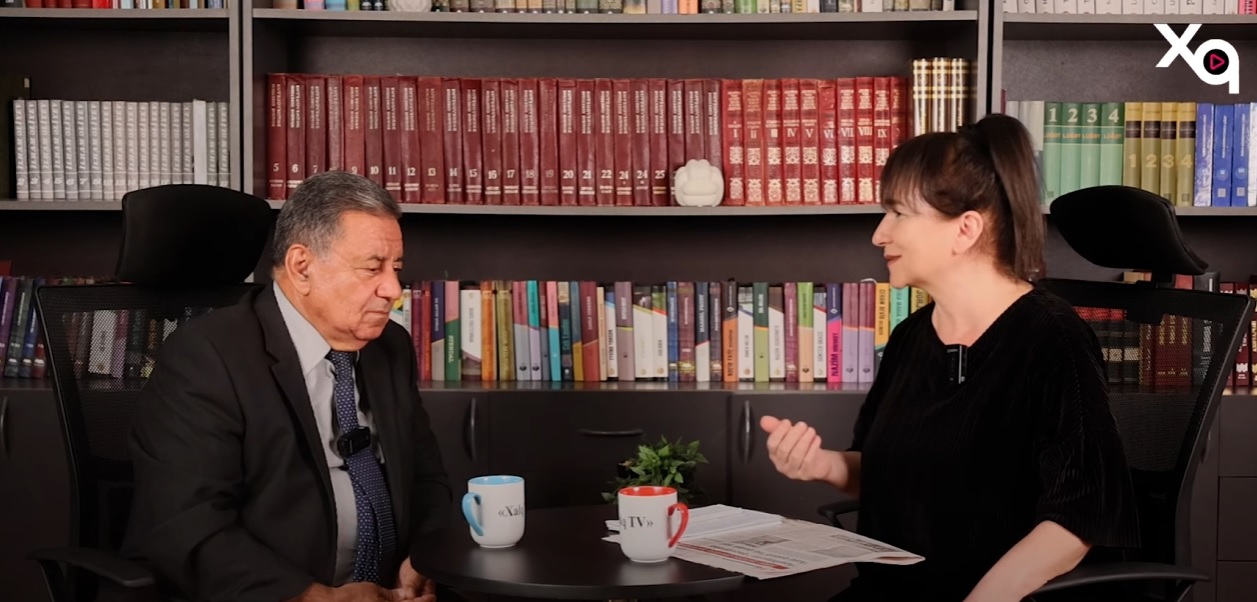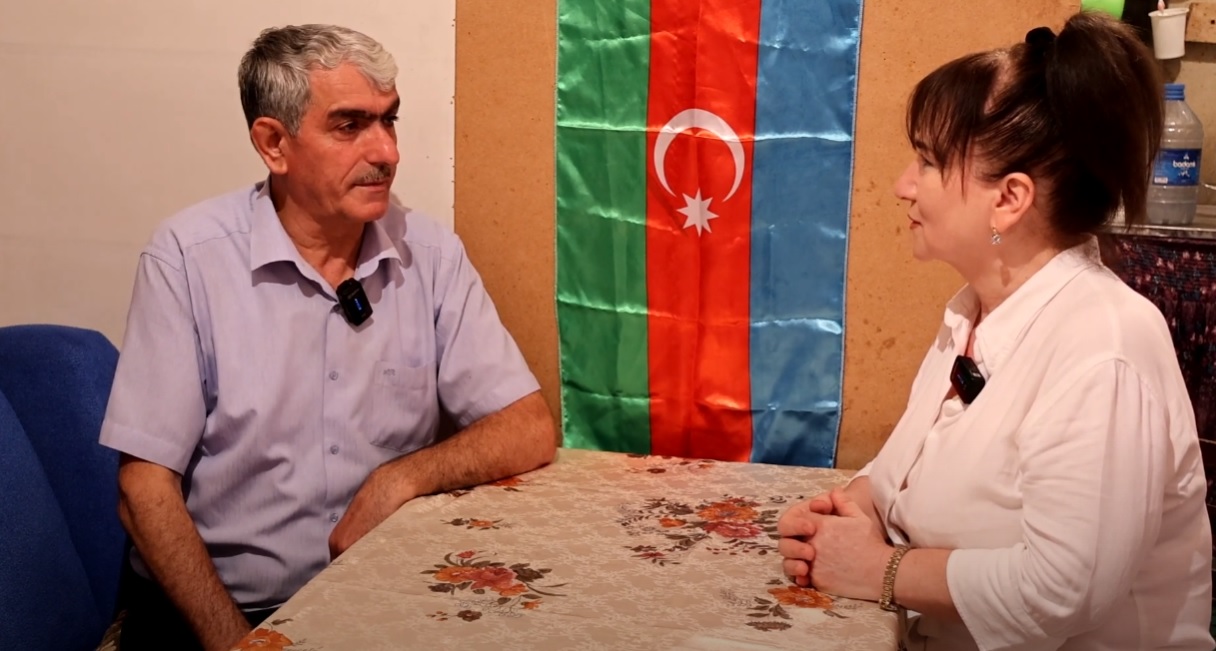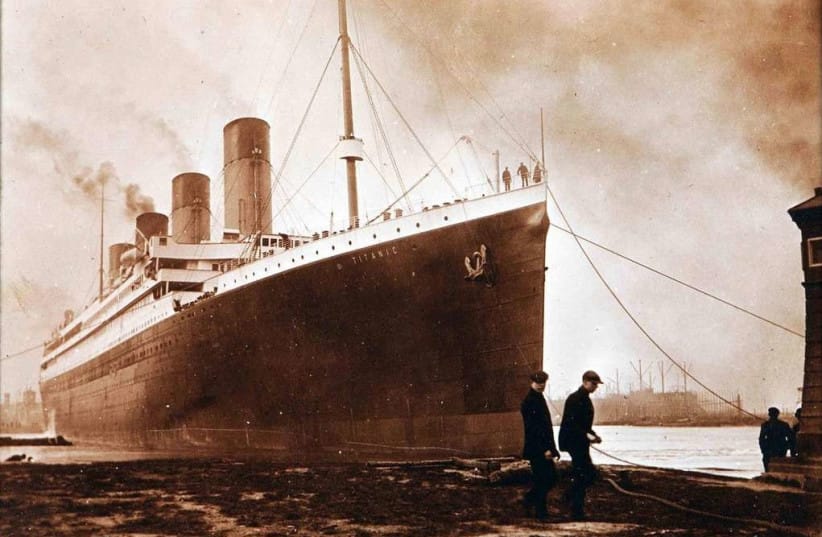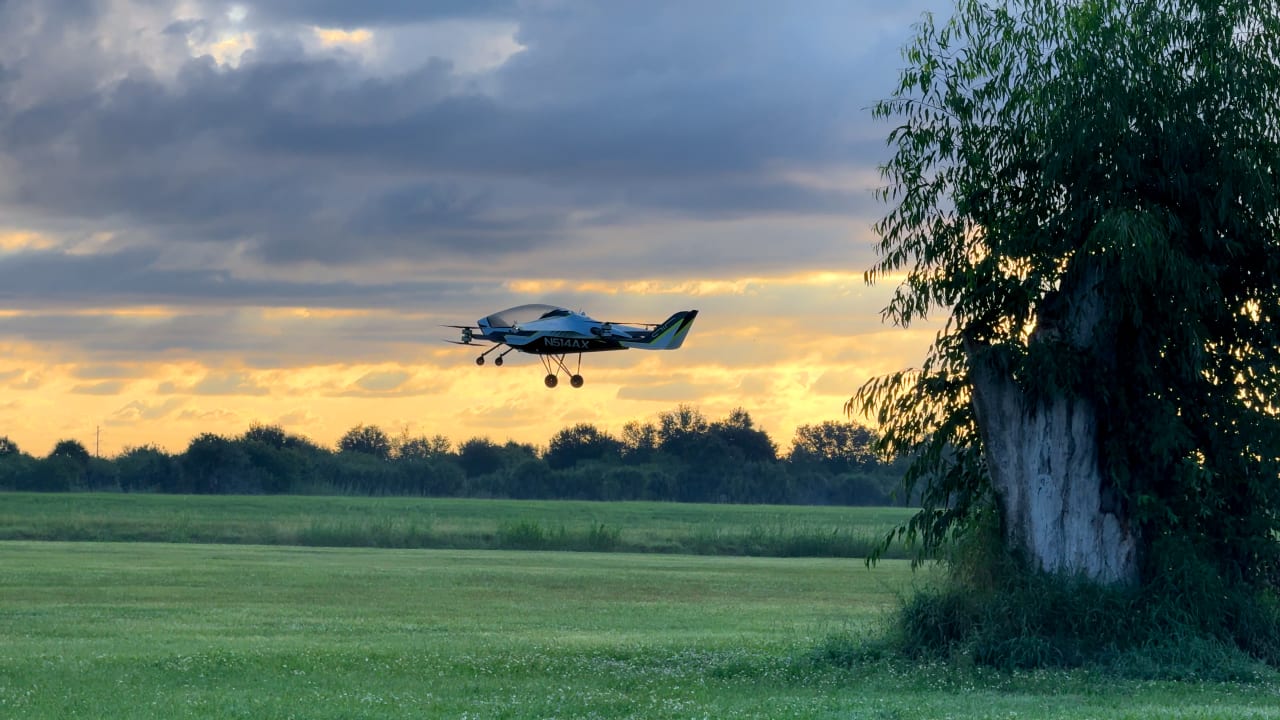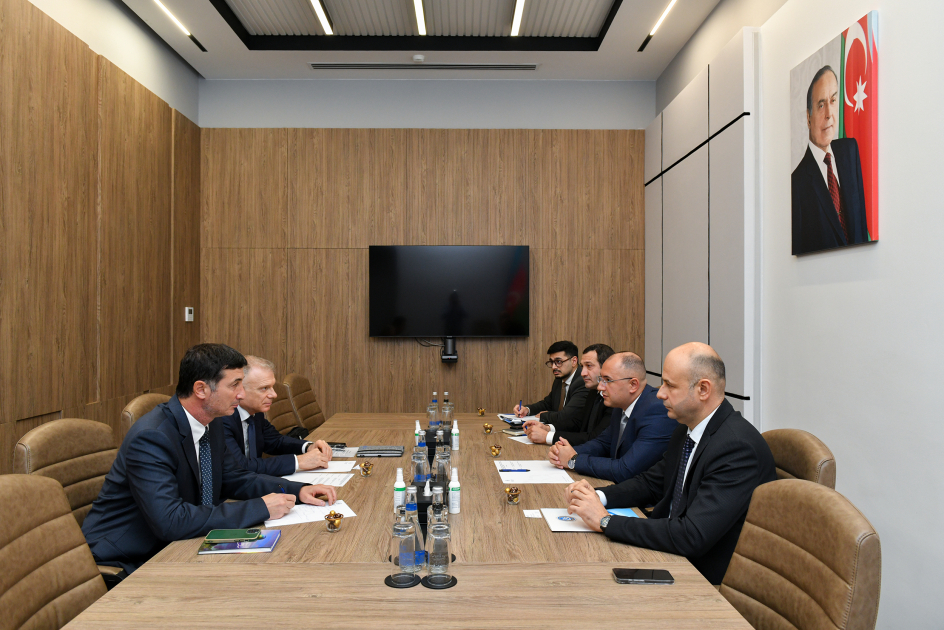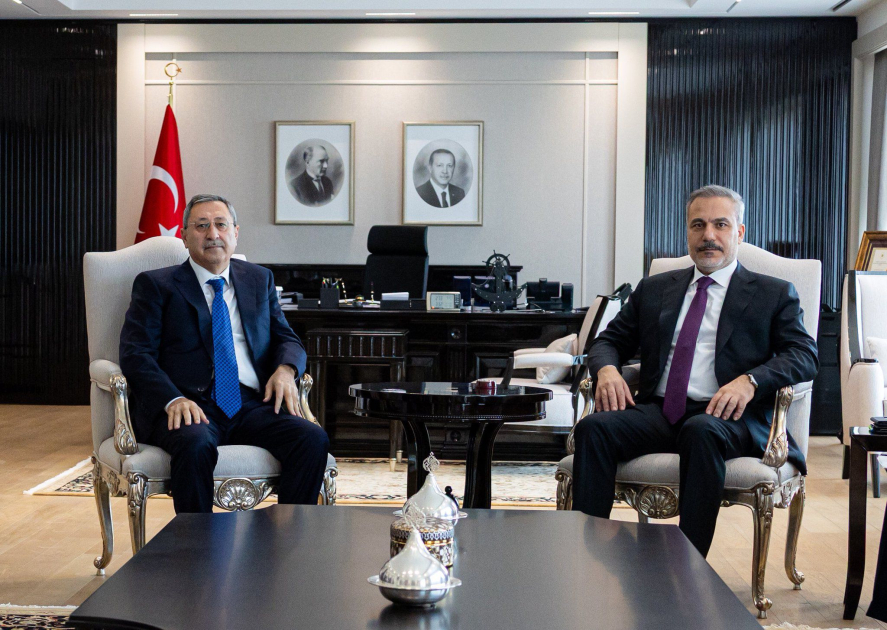Oleksandr Kamyshin, the Minister for Strategic Industries of Ukraine, spoke about innovations in the country's military industry and new weapons in an interview with Report.
- We have recently been hearing news about the strengthening of the Ukrainian military industry. What are the innovations?
- Today, the defense-industrial complex in Ukraine is developing much faster than other industries. But if we talk about the defense industry specifically, defense segments are growing faster than all other segments. First of all, these are robotic systems, flying machines, ground systems, and naval drones. All this shows good results on the front. Even after the end of the war, our country will produce and export them. Because the DefenseTech products that appeared in Ukraine during the war are precisely the elements that dramatically change the situation on the battlefield. These are our "game rivals.".
- We have also been hearing about Ukrainian-made drones during the war, recently.
- In fact, technologies have been created in Ukraine that allow the production of more than 1 million FPV drones, as well as hundreds of thousands of unmanned aircraft flying at a distance of several thousand kilometers. This is an opportunity to bring innovation to the war and deliver strikes that we have not been able to before. For example, on the territory of Russia. All the products we use on its territory have been produced in Ukraine. Our experience with naval drones shows that our technologies have enabled Russia's Black Sea fleet to withdraw from the occupied territory of Crimea. Today, their ships not only go to other ports but also move to the bottom of the sea, where they belong.
- Recently, the Prime Minister of Great Britain announced joint cooperation with Ukraine regarding the production of drones. What other countries and what kind of production are expected?
- Today, our production capabilities far exceed our financial capabilities. We identify the most effective models of flying, ground, and sea drones, which are produced by more than 200 enterprises. Today, there are many opportunities to buy products made in Ukraine. Therefore, the matter will only be about the effectiveness of the missions to be carried out by the Armed Forces of Ukraine and the implementation strategy. We already have enough production capacity. There are more than 10 countries with which we have started co-production of robotic systems. For example, the Baykar plant, which produces Bayraktar systems, started operating. The director of the company, Haluk Bayraktar, was recently in Ukraine, and we checked the production progress with him. We will continue to produce such systems in various configurations.
- Against the background of decreasing foreign aid, what kind of military industry can Ukraine strengthen based on its potential from the time of the former USSR?
- Robotic systems on the battlefield allow us to take our soldiers away from the front line. And that's why key innovation decisions are built around this philosophy. This is why these robotic systems play such an important role. Taking naval drones as an example, I can say that we removed their warships from our waters without any loss of personnel.
- There have been problems throughout the war with shelters to avoid mass airstrikes, and sometimes we hear that serious steps have been taken in this regard in Ukraine. What results are achieved?
- Today, there are more than 60,000 shelters in Ukraine. And over the past year, we could bring only 7,000 of them into proper condition. The issue is so urgent that, by the decision of our President, the Supreme Commander-in-Chief, my ministry was entrusted with the coordination and control of shelters. Deputy Minister Teymur Firudinovich Tkachenko is responsible for these issues. He is working day and night only on this issue so that we can ensure that all shelters in Ukraine are in good condition. He is good at building relationships with local authorities, so I'm sure the shelters will be better in the near future.


